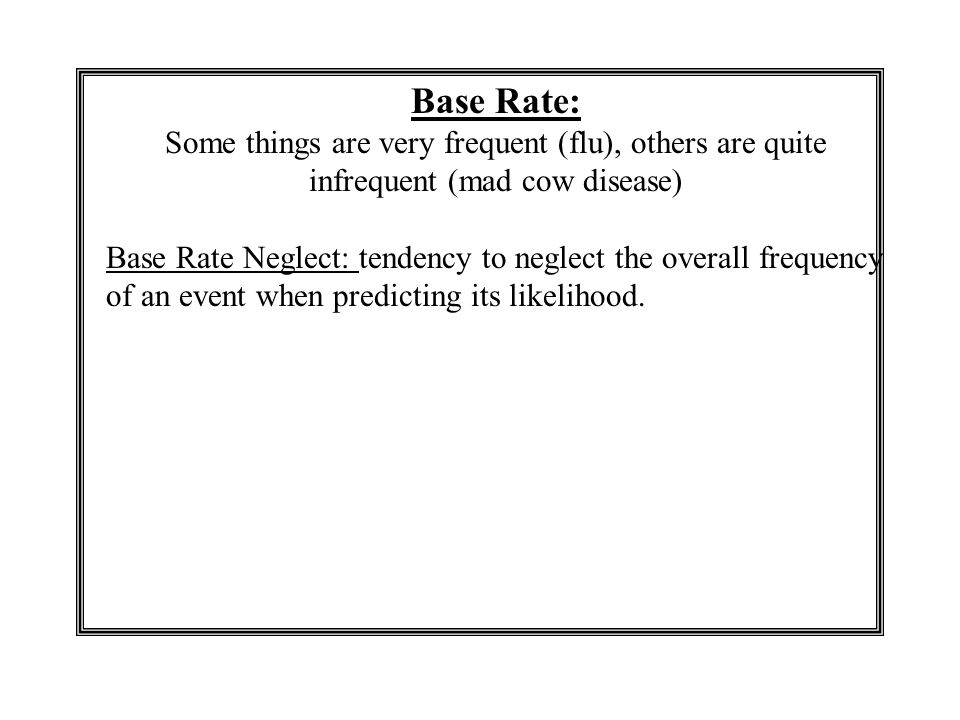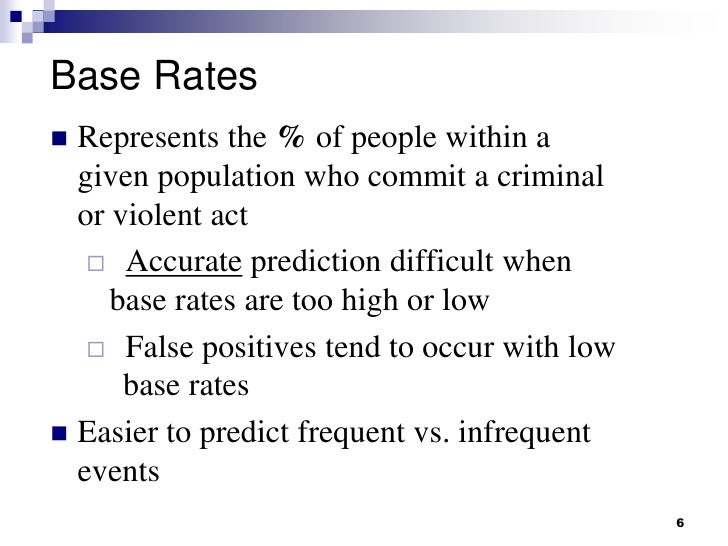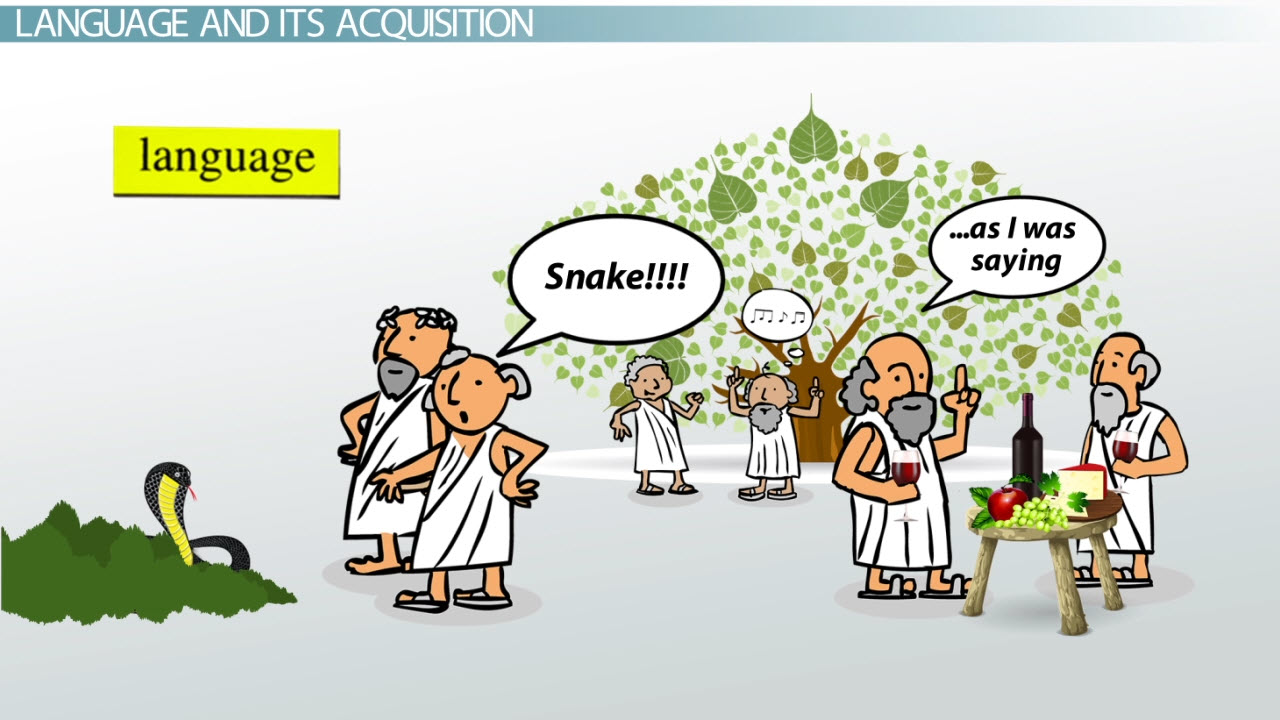What Is Base Rate Information In Psychology
Base rates indicate probability based on the absence of other information.
What is base rate information in psychology. The amount of daisies in a field over a set period of time can be defined as the base rate for daisies in that area. In probability and statistics base rate generally refers to the base class probabilities unconditioned on featural evidence frequently also known as prior probabilities. In plainer words if it were the case that 1 of the public were medical professionals and 99 of the public were not medical professionals then the base rate of medical professionals is simply 1. In statistics the probability by which change influences a phenomenon to a certain degree.
For example if the probability of any given woman having breast cancer is known to be 1 10 000 but a test on 10 000 women gives 100 positive results reasoners will tend to overestimate the. Base rate information about elderly adults for instance is more likely to be utilized when making judgments about elderly adults than when making judgments about young adults. Imagine that i show you a bag of 250 m ms with equal numbers of 5 different colors. A base rate fallacy is committed when a person judges that an outcome will occur without considering prior knowledge of the probability that it will occur.
If presented with related base rate information i e general information on prevalence and specific information i e information pertaining only to a specific case people tend to ignore the base rate in favor of the individuating information rather than correctly integrating the two. The base rate fallacy also called base rate neglect or base rate bias is a fallacy. For example if it were the case that 1 of the public were medical professionals and 99 of the public were not medical professionals then the base rate of medical professionals is simply 1. Psychology definition of base rate.
They focus on other information that isn t relevant instead. Base rate neglect is a term used in cognitive psychology and the decision sciences to explain how human reasoners in making inferences about probability often tend to ignore the background frequencies. An example of a base rate would be a professor who teaches a 7 30 a m. So the base rate of being a christian is 1.
The naturally occuring rate of a phenomenon in a population. The changed condition or variable determines the degree to. Base rates tend to be ignored when they are perceived to be invalid and unreliable. Base rates are a statistic used to describe the percentage of a population that demonstrates some characteristic.
In probability and statistics base rate generally refers to the base class probabilities unconditioned on featural evidence frequently also known as prior probabilities.














